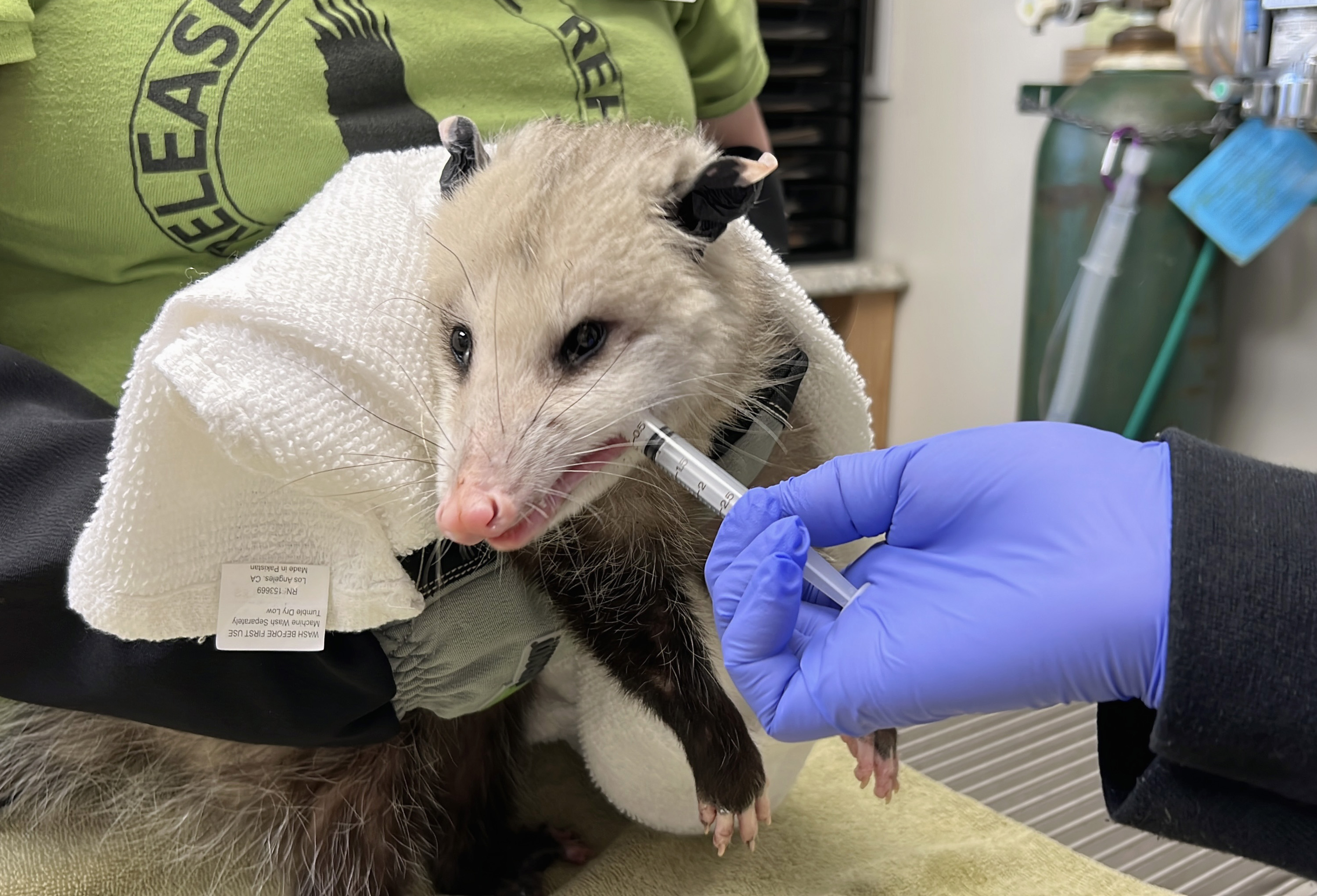The Environmental Protection Agency’s mission is to protect human health and the environment, but nearly 100 of its own employees based in the Bay Area believe they’re getting sick just by going to work. The head of Region 9 EPA, Jared Blumenfeld, acknowledges indoor air quality problems, but blames the building management company, Hines Property Management. Hines said it has…
The Environmental Protection Agency's mission is to protect human health and the environment, but nearly 100 of its own employees based in the Bay Area believe they're getting sick just by going to work. Employees say the indoor air quality is so bad at the EPA Region 9 Headquarters in San Francisco, they're unable to do their jobs.
The irony is not lost on Taly Jolish, a staff attorney for the EPA and vice president of ASGE Local 1236, one of Region 9's three unions. "It just seems crazy to us that someone would be risking their health by coming into the office to work on cleaning up the environment elsewhere," Jolish said.
Testing conducted by Berkeley Analytical, an environmental testing lab hired by the EPA, showed elevated levels of two potentially dangerous chemicals, formaldehyde and caprolactam. The EPA classifies formaldehyde as a "probable human carcinogen" and some studies found long-term exposure associated with certain types of cancer. Caprolactam's health effects are less known, but the EPA notes long-term exposure increases the potential for adverse health effects. The two chemicals tested above California state standards. The EPA does not believe it's out of compliance with the state because the levels were not sustained over eight hours, but the agency never tested over an eight-hour span of time. That's something the EPA unions want. "Our management is on a learning curve. Their initial response was to push back very hard,"Jolish said.
EPA employees first started complaining of health problems at work in December 2014, when the first phase of the building renovation was completed. Employees say they believe 75 Hawthorne is a "sick building."
"I think it meets EPA's criteria in its literature as a sick building," said Mark Sims, president of IFPTE Local 20 Union.
The EPA does in fact have a sick building fact sheet . Symptoms include headaches, irritation, dizziness and nausea, which are the same symptoms employees reported to their union reps in a survey.
Of the 139 employees who filled it out, 64 percent reported feeling sick after renovations began. "We have about 600 people in our building," said Patrick Chan, the union president of NTEU Chapter 295. "When they came to me, they were really, really concerned. The union feels you shouldn't come to work and get sick."
Local
The NBC Bay Area Investigative Unit showed the air quality reports to David Sassee, a senior environmental inspector at Healthy Building Science, and he came to the same conclusion as the EPA. "If they're not getting good air flow then those chemicals don't have any way to be flushed out and they'll just continue to persist until you can get some ventilation for much longer, even a couple of years," Sassee said
The head of EPA Region 9, Jared Blumenfeld, agrees but stops short of calling 75 Hawthorne a sick building. He says he's just as frustrated as his employees and has also felt sick working in the building.
"Was there a problem? Yes. Were people feeling symptoms including me? Absolutely. It was a royal pain," Blumenfeld said. "This is not a sick building. A sick building really has some attributes this didn't have. We have a handle on what the problems are here," Blumenfeld said.
In a tour of one of the floors with the worst indoor air quality levels, he pointed out yellow Post-it notes stuck to the ventilation, to see if the air was moving. It wasn't. "We need a ventilation system that works," Blumenfeld said. He says the responsibility of fixing the ventilation problem rests squarely with Hines, the building management company, not the EPA.
"I know it's the building management because we spent more than $100,000 to work out the answer," Blumenfeld said. "When we asked the building management if we can see the system to know that it's balanced properly that it is working, they said no."
Blumenfeld said he pushed Hines management to increase the air flow, after conducting its own independent testing. But he said Hines didn't increase the ventilation until the NBC Bay Area Investigative Unit contacted the company. "You phoning the building got a lot of action," Blumenfeld said.
Hines declined to be interviewed, but in a statement said, "We have worked diligently for some time to address and resolve any air flow concerns raised." A company spokesman also said Hines is also conducting a comprehensive analysis of the building's HVAC system and will re-evaluate the building's air flow floor by floor once construction is complete.
Union leaders say it has taken too long, with too few results. Ultimately, they say public safety is suffering because the workers who are on the front lines of protecting the American public's health and safety are now fighting for their own health. "An agency that's mission is to protect the environment and health has failed to do so in this case," Chan said.
If you have a tip for the Investigative Unit, call us at 888-996-TIPS (8477) or email TheUnit@nbcbayarea.com. You can email Vicky directly at Vicky@nbcbayarea.com. Follow her on Twitter at www.twitter.com/vickydnguyen and Facebook at www.facebook.com/vickynguyenTV



